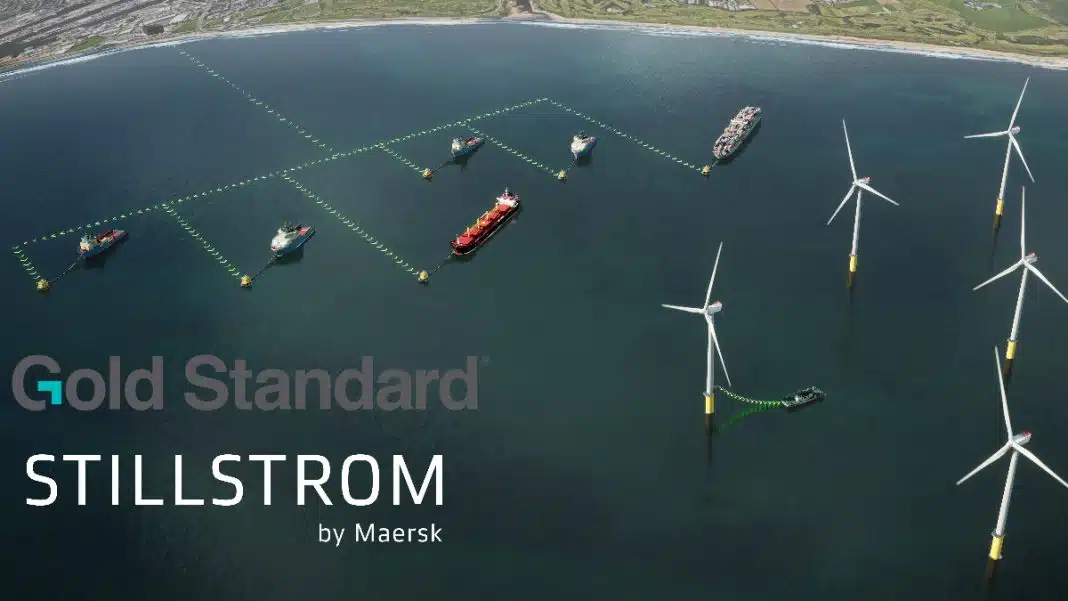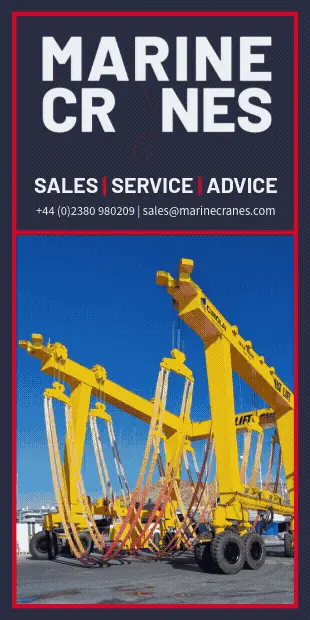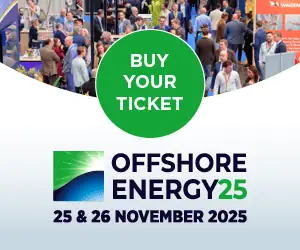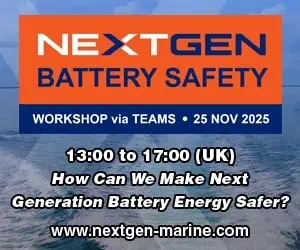Gold Standard and Stillstrom have introduced a significant initiative aimed at reducing greenhouse gas emissions within the shipping sector. The ‘Methodology for Emission Reduction by Shore-side or Offshore Electricity Supply System’ promotes using grid electricity and renewable energy when ships are at port, anchorages, or working offshore, representing a crucial advancement in maritime sustainability.
Shipping, vital for global trade, accounts for approximately 3% of global greenhouse gas emissions. These emissions continue in ports and anchorages where ships at a standstill continue to release greenhouse gases and particulate matter – often close to populated areas.
Gold Standard’s methodology, developed in partnership with Stillstrom’s and available for use by any project developer, aims to reduce emissions from ships at anchorages or wind farms by utilising both grid and offshore wind electricity delivered to ships through innovative technology like Stillstrom’s specialised offshore charging solutions.
Margaret Kim, CEO of Gold Standard, said:“This methodology is a stride towards a cleaner, more sustainable future for global trade. It underlines our commitment to pioneering solutions that offer tangible incentives for the maritime sector to invest in green technologies. Together, we can chart a course towards a more sustainable horizon.”
Eliminating the need for fossil-fuel based power generators, the methodology allows project developers to issue carbon credits for the reductions in emissions. This income will support the installation of these systems where they would otherwise not be economically viable.
David Samad, Co-founder and Chief Strategy Officer of Stillstrom, said: “As a pioneer in developing offshore power and charging solutions, Stillstrom has set its ambition to decarbonise anchorage sites and offshore windfarms around the globe. We are greatly encouraged by the steps taken by Gold Standard to jointly develop this methodology, which will significantly improve the commercial viability of delivering power to vessels offshore.”
Stillstrom aims to deploy systems in Europe as early as next year, with the ambition to have five green anchorage zones by 2030. “Those anchorage zones are collectively estimated to eliminate over 100.000 tons of CO2e per year – the equivalent to taking almost 22,000 cars off the road.”
“This is a pioneering industry and we are issuing a call to action to all stakeholders to take part in decarbonising our local waters.”
Every day, thousands of vessels lay idle in anchorages around the globe. These vessels, even while stationary, still consume fossil fuels to power their auxiliary applications, releasing greenhouse gases and particulate matter often close to populated areas. Stillstrom, an A.P. Moller Maersk-owned venture created in 2019, is developing offshore power systems in anchorages and offshore windfarms, that provide clean anchorage zones and charging infrastructure respectively. In addition to the emissions savings, vessels connected to these systems will also reduce noise pollution, sea floor disturbance from anchor drag, and will provide a safe anchor point for the crew onboard the vessels.
The methodology is one of a Gold Standard’s suite of strategies to enhance shipping sustainability. It complements the existing ‘Retrofit Energy Efficiency Measures in Shipping’ methodology, which focuses on upgrading ships to improve their energy efficiency and is supported by the under development ‘GHG emission calculation for Marine fuels and bio bunkers’ methodology.















